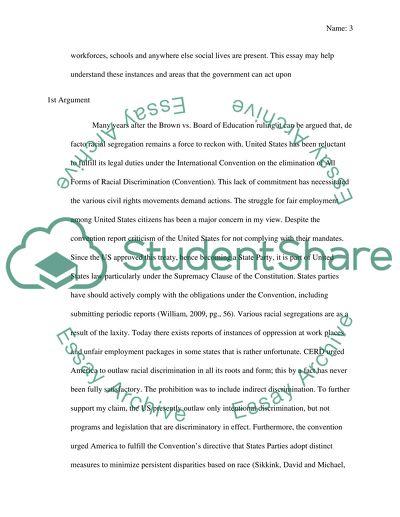Cite this document
(“Segregation and US Civil Rights Movement in the last 60 YEARS Research Paper”, n.d.)
Segregation and US Civil Rights Movement in the last 60 YEARS Research Paper. Retrieved from https://studentshare.org/social-science/1667046-segregation-and-us-civil-rights-movement-in-the-last-60-years
Segregation and US Civil Rights Movement in the last 60 YEARS Research Paper. Retrieved from https://studentshare.org/social-science/1667046-segregation-and-us-civil-rights-movement-in-the-last-60-years
(Segregation and US Civil Rights Movement in the Last 60 YEARS Research Paper)
Segregation and US Civil Rights Movement in the Last 60 YEARS Research Paper. https://studentshare.org/social-science/1667046-segregation-and-us-civil-rights-movement-in-the-last-60-years.
Segregation and US Civil Rights Movement in the Last 60 YEARS Research Paper. https://studentshare.org/social-science/1667046-segregation-and-us-civil-rights-movement-in-the-last-60-years.
“Segregation and US Civil Rights Movement in the Last 60 YEARS Research Paper”, n.d. https://studentshare.org/social-science/1667046-segregation-and-us-civil-rights-movement-in-the-last-60-years.


